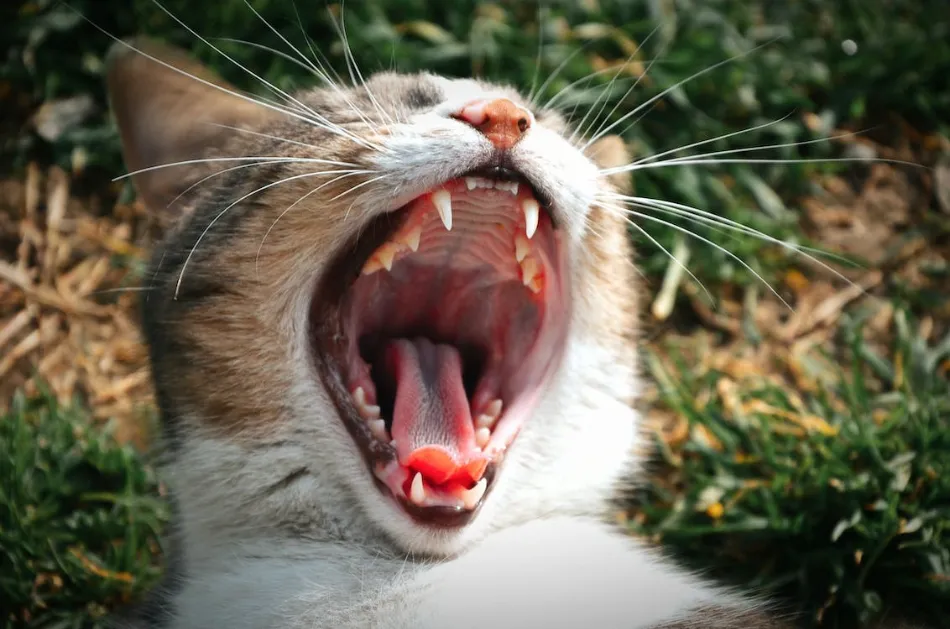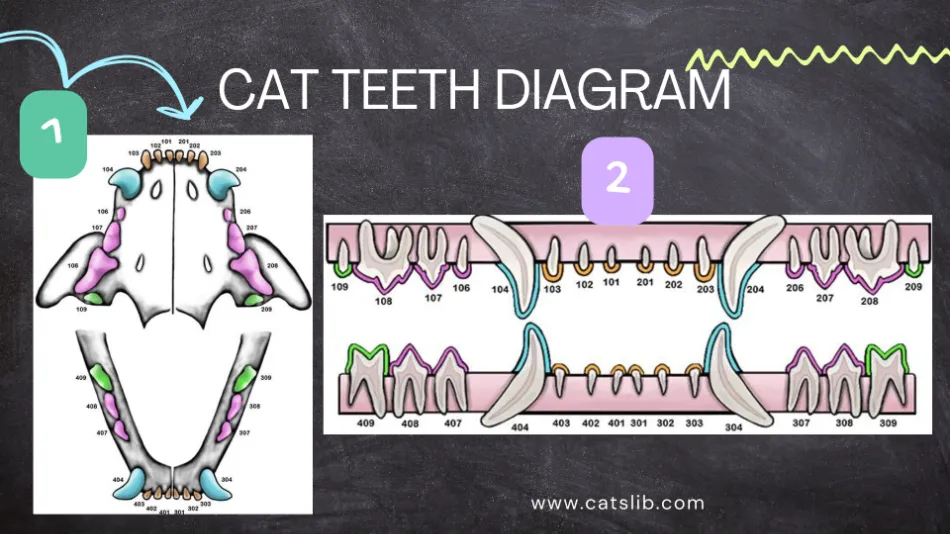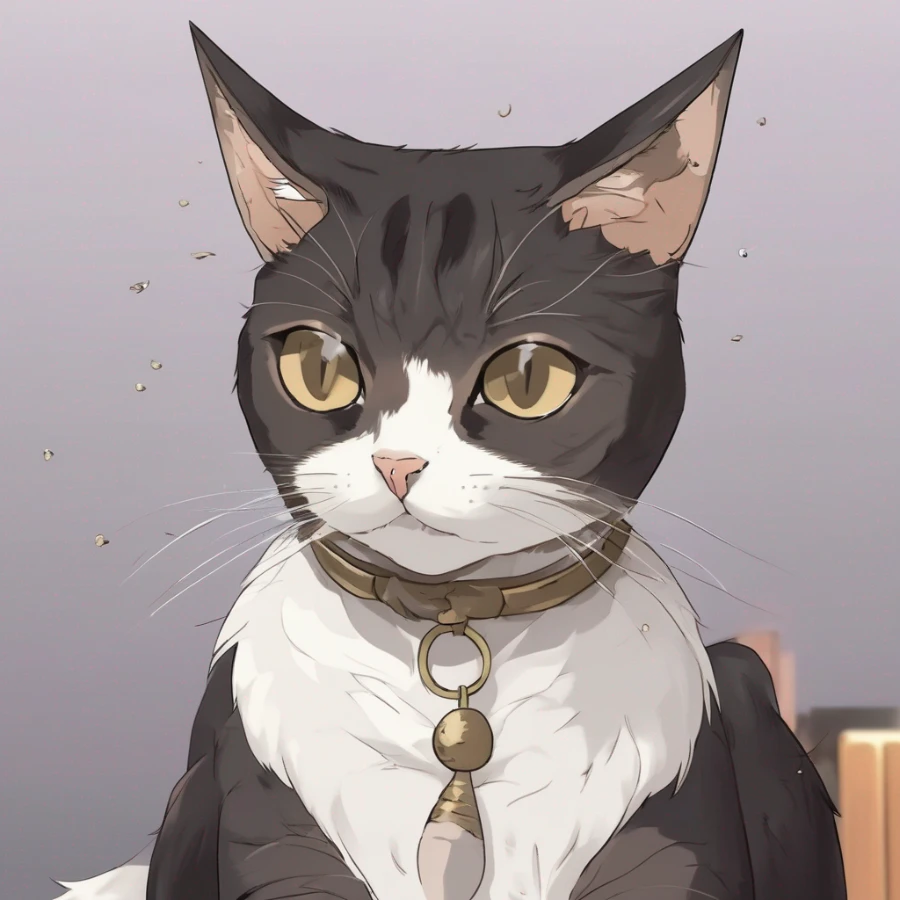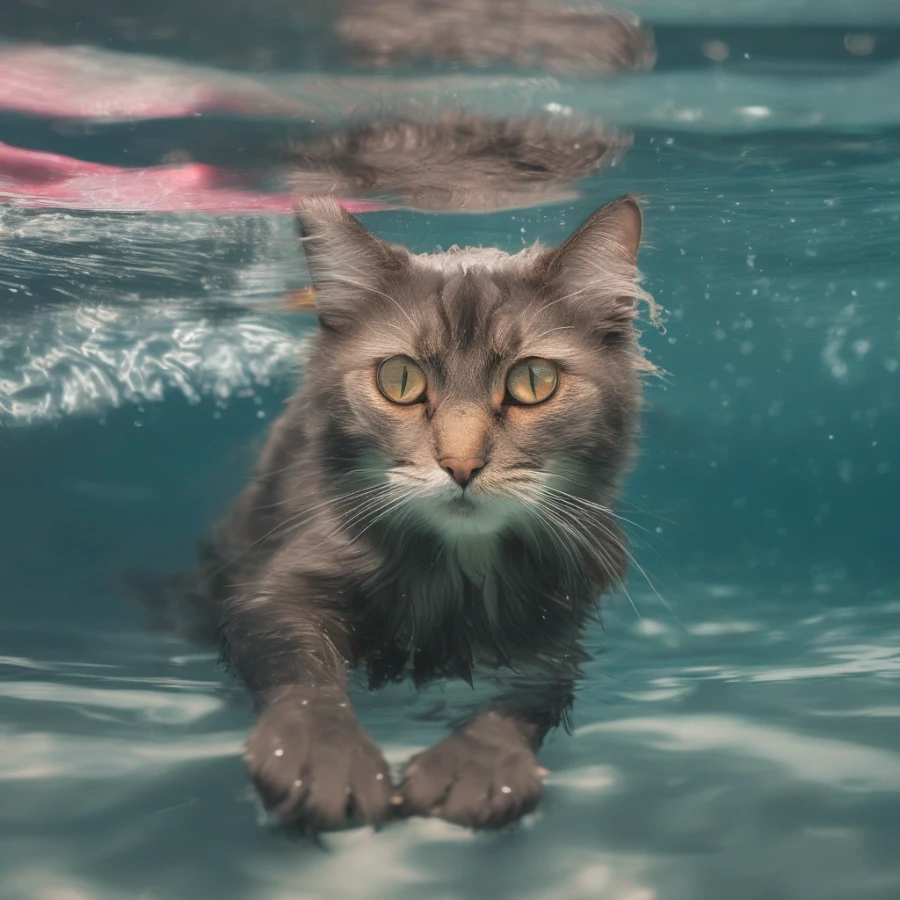Unveiling the Dental Mysteries: How Many Teeth Does a Cat Have? A Comprehensive Guide

Published by: Tatsiana Korshik
Time to Read: 5 Min

Cats are renowned for their grace, agility, and enigmatic charm. While we often admire their sleek coats and mesmerizing eyes, it's easy to overlook their dental health. Just like humans, cats rely on their teeth for various functions, from grooming to hunting. Join us as we embark on a journey to uncover the mysteries behind a cat's dental anatomy and explore the question: "How many teeth does a cat have?"
Dental Anatomy of Cats: A cat's mouth harbors a fascinating array of teeth, each serving a unique purpose in their daily lives. To get a better picture, let's break down the dental anatomy with a simple cat teeth diagram:

Incisors: These are the small, front teeth used for grooming and nibbling. Cats use their incisors to groom themselves and remove debris from their fur.
Canines: The prominent, pointed canines are often referred to as "fangs." They play a crucial role in capturing and puncturing prey during hunting.
Premolars: These flat-topped teeth are located behind the canines and are used for slicing and shearing food into manageable pieces.
Molars: Positioned at the back of the mouth, molars aid in grinding and crushing food, allowing for easier digestion.
The Dental Journey of a House Cat: A house cat's dental journey begins early in life. Kittens are born toothless, but their baby teeth, also known as deciduous teeth, start to emerge at around two to three weeks of age. By the time they're six to seven months old, these baby teeth are gradually replaced by permanent adult teeth.
Maintaining Dental Health: Just like with humans, proper dental care is crucial for cats. Dental issues can lead to discomfort, difficulty eating, and even more serious health concerns. Regular dental check-ups, appropriate diets, and dental care routines can contribute to your cat's overall well-being.
Conclusion: The next time you gaze into your cat's captivating eyes, remember the intricate dental structure that plays a vital role in their daily activities. With around 30 teeth, a cat's mouth is a marvel of nature's design, enabling them to groom, hunt, and enjoy a variety of foods. By understanding and caring for their dental health, we can contribute to our feline companions' comfort, happiness, and longevity.
Dental Anatomy of Cats: A cat's mouth harbors a fascinating array of teeth, each serving a unique purpose in their daily lives. To get a better picture, let's break down the dental anatomy with a simple cat teeth diagram:

How Many Teeth Does an Adult Cat Have?
On average, an adult cat possesses 30 teeth. Their dental structure includes incisors, canines, premolars, and molars, which collectively enable them to chew, grasp, and tear food efficiently. Each category of tooth serves a specific role in their diet and lifestyle.Incisors: These are the small, front teeth used for grooming and nibbling. Cats use their incisors to groom themselves and remove debris from their fur.
Canines: The prominent, pointed canines are often referred to as "fangs." They play a crucial role in capturing and puncturing prey during hunting.
Premolars: These flat-topped teeth are located behind the canines and are used for slicing and shearing food into manageable pieces.
Molars: Positioned at the back of the mouth, molars aid in grinding and crushing food, allowing for easier digestion.
The Dental Journey of a House Cat: A house cat's dental journey begins early in life. Kittens are born toothless, but their baby teeth, also known as deciduous teeth, start to emerge at around two to three weeks of age. By the time they're six to seven months old, these baby teeth are gradually replaced by permanent adult teeth.
Maintaining Dental Health: Just like with humans, proper dental care is crucial for cats. Dental issues can lead to discomfort, difficulty eating, and even more serious health concerns. Regular dental check-ups, appropriate diets, and dental care routines can contribute to your cat's overall well-being.
Conclusion: The next time you gaze into your cat's captivating eyes, remember the intricate dental structure that plays a vital role in their daily activities. With around 30 teeth, a cat's mouth is a marvel of nature's design, enabling them to groom, hunt, and enjoy a variety of foods. By understanding and caring for their dental health, we can contribute to our feline companions' comfort, happiness, and longevity.



